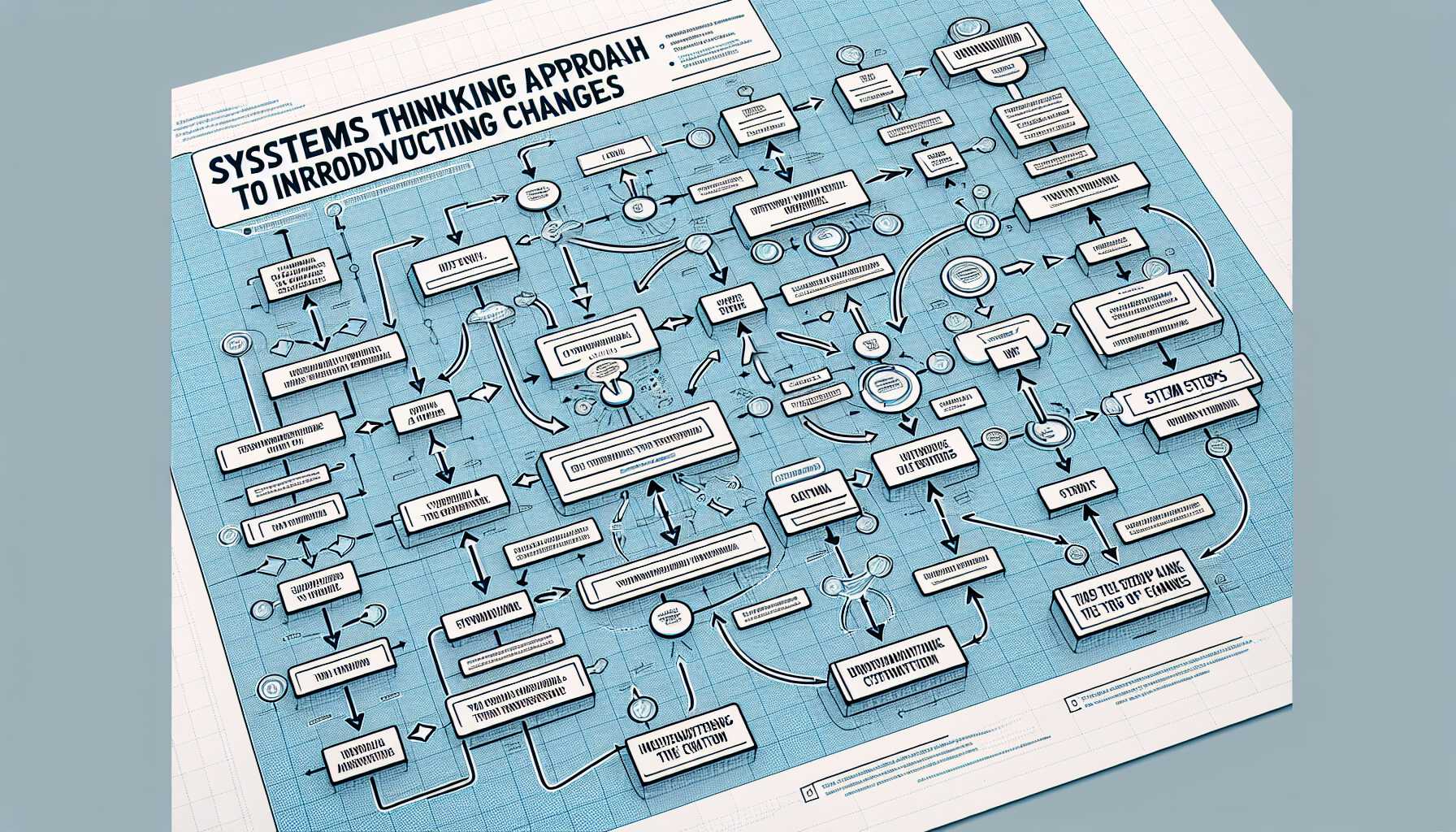Welcome back to our blog, where we talk all things product management to help seasoned professionals navigate the complex tech landscape. Today, let’s dive deep into one of the tougher challenges we face as product leaders: the introduction and management of new software development methodologies within our teams.
Recognizing the Need for Change
As a seasoned product leader, advocating for and implementing new software development methodologies isn’t a task that I’ve taken lightly. Reflecting on one of my past experiences, I remember the pivotal moment that sparked the need for change. It was becoming evident that our development processes were not in sync with our ambitious business goals and product roadmap. Our release cycles were slow, the feedback loop from customers was lagging, and market dynamics demanded a more agile response. A shift to a more suitable development methodology was necessary.
Choosing the Right Methodology
The first big decision was selecting an approach that fit our unique needs. While transitioning from a waterfall to an agile methodology is a common trend, it isn’t a one-size-fits-all solution. I conducted an exhaustive analysis of our products, team composition, and business objectives. We eventually settled on a hybrid agile model that leveraged the Scrum framework for product development while maintaining certain waterfall elements for compliance-related processes.
Setting the Stage for Adoption
The Systems Thinking Approach to Introducing Changes (SATICH) model guided our transition efforts. SATICH is a model I’ve grown to trust because it considers the complex interplay between different system components.
- Share the Vision: I shared a clear vision with the team, highlighting the benefits of the new methodology and how it aligned with our overall goals.
- Align the Environment: We scrutinized our current environment to identify and eliminate barriers to the new methodology’s adoption, such as outdated tools or mismatched skill sets.
- Create a Transition Plan: A detailed plan including timelines, milestones, and training schedules was created to ensure a structured approach to the adoption.
- Harness Early Wins: We identified quick wins to gain momentum and demonstrate the immediate benefits of the new methodology.
- Iterate and Improve: Transitioning was not seen as a one-and-done activity. Continuous feedback loops were put into place to refine the process iteratively.
Training & Empowerment
Investment in training is non-negotiable. My teams have undergone extensive training sessions, workshops, and hands-on coaching. Another aspect was the empowerment of team members. Developers, testers, and operations professionals were encouraged to take ownership of their work, breaking down traditional silos. This sense of ownership was crucial for the team to invest themselves fully in the adoption of the new process.
Communicating Throughout the Transition
Communication was always two-way. It wasn’t enough to outline expectations; we needed to listen actively to team feedback. This helped in alleviating anxieties and adjusting our strategies where necessary. Regular town-hall meetings and open-door policies were instrumental during this phase.
Measuring Success
Success metrics were defined from the outset. However, unlike traditional metrics like velocity or story points, I’ve learned that focusing solely on output can be misleading. Instead, we used metrics that combined output with quality, such as release frequency, bug rates post-release, and customer satisfaction scores.
Persisting Through Challenges
It’s crucial to acknowledge that friction is part of the process. In one of my projects, despite alignment on a theoretical level, we encountered resistance at the individual level. It took patience, persistence, and sometimes, personalized coaching to get everyone on board.
Final Thoughts
I won’t claim that the transition was always smooth, but the outcomes spoke volumes. We achieved shorter release cycles, better product quality, and enhanced customer satisfaction. I encourage my fellow product leaders to view methodology adoption not just as a process change, but as an organizational transformation. With the right mindset, structured planning, and persistence, the benefits can be revolutionary for your team and product.
To all my fellow product leaders, I’m curious to hear about your experiences with adopting new methodologies. How did you manage the people aspect? Which methodologies have you embraced or discarded? Share your insights and let’s grow together.

